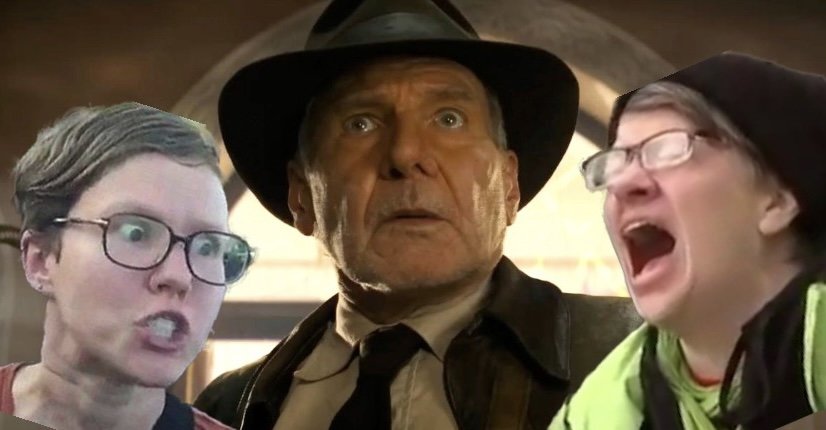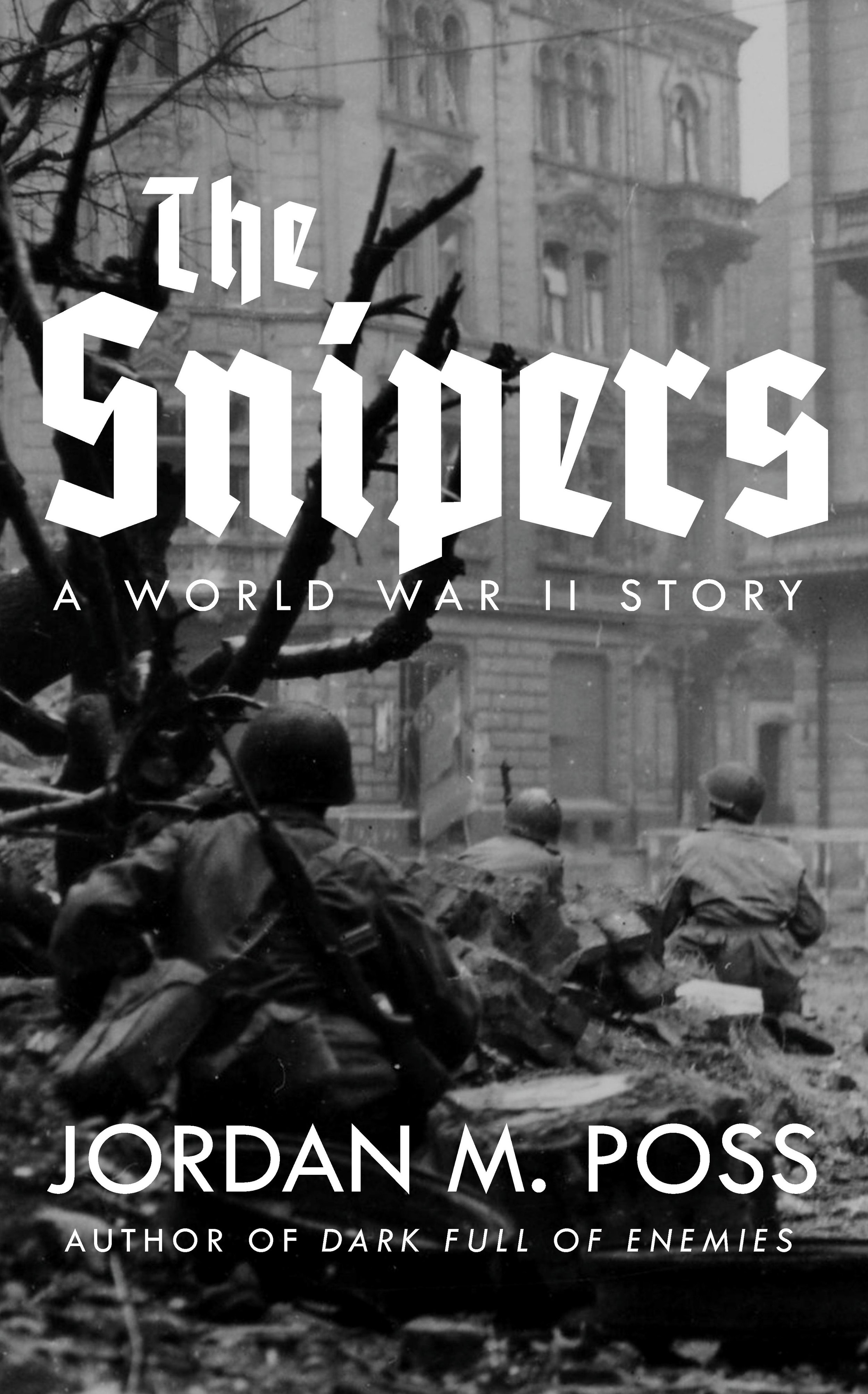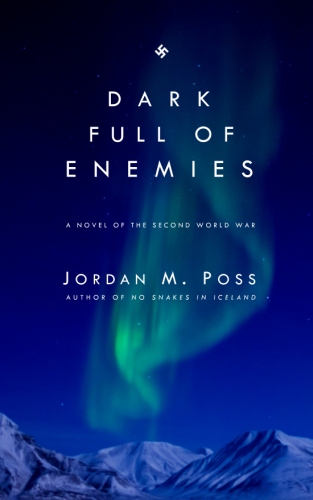The Great Locomotive Chase
/Conductor William Fuller (JEffrey Hunter) flags down the locomotive Texas in The Great Locomotive Chase (1956). That’s Slim Pickens in the cab of the engine.
Last night for family movie night I got to share a movie with my kids that I had previously seen only once, probably thirty years ago, but wanted to rewatch ever since. It’s an action-packed Civil War story and, best of all, was shot in my home county in northeast Georgia. It’s Walt Disney’s 1956 spy thriller The Great Locomotive Chase, starring Fess Parker and Jeffrey Hunter.
The Great Locomotive Chase is a bit of a legend back home. For years the Clayton Cafe on Main Street had a photo of Disney himself, enjoying a post-breakfast cigarette in one of the booths, framed on the wall behind the register. It seemed like everyone I knew growing up had some connection to the film. A cousin of mine claimed a grandfather on his dad’s side was visible on the station platform in one scene. Others who didn’t appear as extras remembered the filming, or seeing Disney and his cast and crew around. There have been plenty of movies shot in Rabun County, but none remembered quite as fondly as this. It certainly doesn’t provoke the shame or hostility that Deliverance still does.
As for me, after years of hearing about it and having developed a powerful interest in the Civil War in elementary school, I finally got to watch it one afternoon when my dad rented a VHS from the now-defunct Movie Time Video next door to the now-defunct Bi-Lo. I watched it eagerly, and we returned it, and I never saw it again. Until this weekend.
I’d forgotten a lot about it. I mostly remembered the standard old Hollywood Confederate uniforms—gray with blue infantry collars, cuffs, and hatbands—that struck me even at the time as unrealistic. And I remembered a railroad tunnel and, at the end, the Yankee spies walking circles in a prison yard. But that was about it. When I ran across an unopened DVD at our local used book store I snapped it up.
I’m glad to say it was an enjoyable adventure, and much better than I even remembered.
The Great Locomotive Chase is based on the true story of the Andrews raid of April 1862, in which twenty Union saboteurs led by civilian spy James Andrews infiltrated north Georgia, boarded a train at Marietta north of Atlanta, and hijacked it. The plan was to steam northward to Chattanooga vandalizing the tracks, cutting telegraph wires, and burning bridges and causing as much destruction as possible to cripple a key link in the Confederacy’s flimsy rail network.
Unfortunately for Andrews and his men, they were held up several times by southbound freight trains. Worse, and fatally for them and their mission, they were doggedly pursued by employees of the railroad, who at first assumed the train had been stolen by deserters. One of the pursuers, a young conductor named William Fuller, chased them for 87 miles, starting on foot before working through three locomotives, the last of which he drove backwards up the tracks.
As for Andrews and his raiders, Fuller’s pursuit cost them the time needed to take on fuel and water. When they ran out of steam they abandoned the locomotive and were swept up by Confederate cavalry. Eventually, eight were executed as spies, including Andrews. But the raiders became the first recipients of the new Congressional Medal of Honor.
Disney’s film tells this story straightforwardly, framing it with the presentation of the Medal of Honor to some of the raid’s survivors. Among them is William Pittenger (John Lupton), who serves as narrator. Parts of the first act feel rushed, as Andrews (Fess Parker) is introduced quickly, briefs a Union general, requests a team, and instantly receives one. Only as the group travels south to infiltrate the Confederacy do the raiders get characterization. The most notable after Andrews and Pittenger, who mostly works as an observer for the audience, is Campbell (Jeff York), a nationalist hothead who becomes fed up with the “bowing and scraping” of his spy cover and wants nothing more than to murder Southerners. His temper and desire to fight present a constant danger to the secrecy of Andrews’s mission.
But once the raiders are aboard the train and put their plan into motion, the film is continuously propulsive, suspenseful, and well-paced. The train action, almost all practical, staged aboard real trains on the Tallulah Falls Railroad, is genuinely impressive. Andrews and Fuller (Jeffrey Hunter) engage in a stream-driven game of cat and mouse, with Andrews sabotaging the line ahead of Fuller in numerous creative ways and the tenacious Fuller using his expertise as a railroad man to counteract them and keep up the pursuit. Adding appreciably to the quality of the action, it appears that Hunter did most of his own stunts. The final leg of the chase, in which he shouts orders to the engineer from the back of a locomotive racing along in reverse, is especially exciting.
Based on some of what I’ve read online, people at the time and since have found the film’s final act anticlimactic or even too depressing. I thought it fit the structure of the story perfectly, allowing the action-heavy first parts of the film to conclude on character-driven notes of respect if not reconciliation.
The ending serves Parker especially well, as for most of the movie he is stoic, manly, and brave, but not much else. In this film he lacks the charisma that made him famous as Davy Crockett, and so—without giving too much away—a heartfelt speech in his final scene gives him a belated depth that was very moving. The rest of the cast ranges from mediocre to fine. One confrontation between Campbell and the more patient members of the raiders has some noticeably wooden acting, but I was pleased to see how many locals got bit parts in the film and how well they did. Among the rest of the professional cast, I especially liked seeing Slim Pickens in an early role as one of Fuller’s engineers.
But performance-wise, The Great Locomotive Chase belongs to two secondary characters—Campbell and Fuller. It’s easy to see why. York and Hunter are certainly excellent in their parts, especially Hunter, whose physicality and sympathetic performance make him a worthy adversary but not a bad guy, but the characters themselves are more compelling than the lofty and distant Andrews. Both Campbell and Fuller are tough, tenacious, and physically brave, both are driven by implacable hostility toward their enemies, and both reliably follow through in a crisis. Both also have full character arcs, with their intense aggression transformed into respect in the conclusion—which, again, I don’t want to give away.
Disney put a lot of effort into this movie, shooting it in Technicolor CinemaScope like the more special effects-heavy 20,000 Leagues Under the Sea, which had come out two years before, so it’s a shame it wasn’t as financially successful as he had hoped. More to the point for us nowadays, it’s a shame that Disney’s successors haven’t given this film a decent home media release. It’s currently available to rent in HD on Amazon Prime, but as far as I can tell the 20+ year old, non-anamorphic DVD I found a few weeks ago is the sole home video release since the VHS days. A restored Blu-ray would be nice, especially since this film meant as much to Disney—and the people of my county—as it did.
The Great Locomotive Chase is a simple, straightforward film, but a fine example of classic Hollywood filmmaking. If you haven’t seen it before or haven’t even heard of it, I hope you’ll check it out.
More if you’re interested
The Walt Disney Family Museum has a good “making of” article on The Great Locomotive Chase that gives good attention to Rabun County and the technical side of filming. For local resources and memories of the film, here’s a Rabun County Historical Society newsletter with behind the scenes photos and detailed captions, and here’s a Foxfire podcast interview with locals who appeared as extras.
If you’re interested in the true story of the Andrews Raiders, see the New Georgia Encyclopedia article above for a good overview. Here’s a short volume from Osprey’s Raid series on the Andrews Raid, and here’s the primary source behind the film: William Pittenger’s memoir Capturing a Locomotive: A History of Secret Service in the Late War, available for free at Project Gutenberg.














